









The Lloyd Rifle
For the Folks with large Wallets!

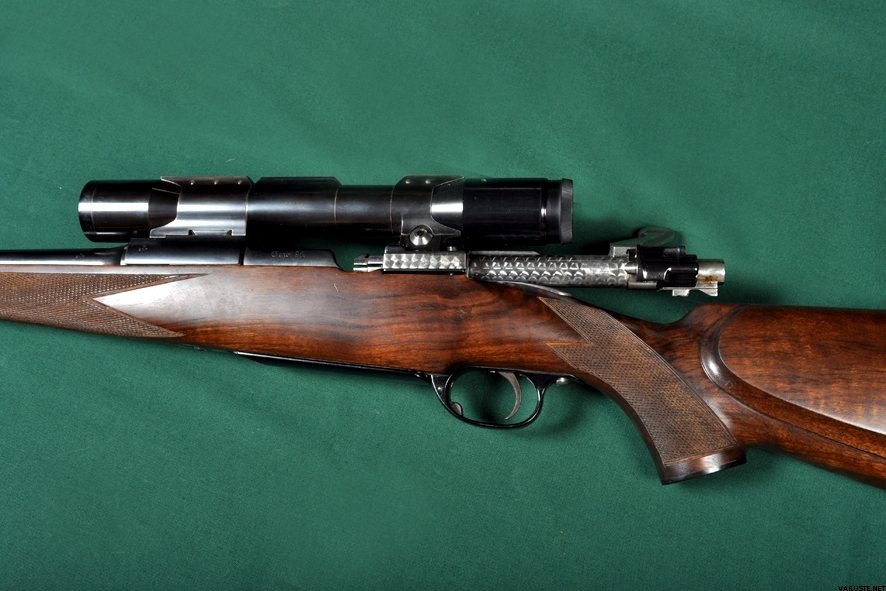



The Lloyd Rifle was the 1950s brainchild of English deerstalker, rifleman, metallurgist and engineer David Llewellyn Lloyd.
His objective was to create a high-quality, scope-sighted, magazine-fed sporting rifle capable of dependably high accuracy at long ranges, of retaining its zero despite rough handling, and of firing modern high-intensity, flat shooting cartridges such as the .244 H&H Magnum(which Lloyd himself developed) and the .264 Winchester Magnum.

Contents
[hide]
Design[edit]
Requirement
As an enthusiastic stalker of Highland Red deer on his family’s own deer forest at Glencassley, and elsewhere in northern Scotland.
He grassed more than 5,000 Red deer stags in a career lasting some 60 years. Lloyd sought a rifle which would shoot high powered cartridges giving an exceptionally flat trajectory and significant long range hitting power.
To make it straightforward to take shots out to 300 yards and more on very sloping, mountainous terrain, without the need for very precise range-judging.
A very early convert to the use of scope sights in the conservative world of British deerstalking, Lloyd was impatient with the weak scope mounting systems available in the early 20th century, and sought a solution.
Mauser action
For his preferred rifle action Lloyd selected the Mauser 98 bolt-action, for its inherent strength and proven potential for accuracy, and on his rifles only the bolt face (to suit the cartridge) and the back-swept bolt handle were modified from the Mauser norm.
Telescopic sight
Integral to the Lloyd rifle was a telescopic sight – indeed, Lloyd rifles came with no iron sights, and no provision for fitting them without some difficulty.
The majority of Lloyd rifles were delivered to their owners fitted with fixed-power scopes, usually of 4× or 6× magnification, by makers such as Habicht, Zeiss, Swarovski and Hensoldt.
The scope was held in a specially designed, integral, immensely strong, receiver-enshrouding mount which positioned it very low over the action, and gripped both the scope and the rifle action in massive rings of steel.
Lloyd held UK Patent Number 646419 for this design.
With this scope attachment – indeed, integration – system, Lloyd’s intention was to create a rifle. Which was, so far as humanly possible, immune to the shocks, bumps and jars that so often knocked the scopes on other rifles seriously out of alignment.
The objective was to have a rifle which, once completed, could be zeroed for a selected cartridge load and a chosen zero distance, and which would faithfully hold that zero from outing to outing, and even from one shooting season to another.
“I want a stable platform from which to shoot,” Lloyd said. In his quest for this tenacity of zero, he was largely successful, and many of his customers reported that they had never found it necessary to make any adjustment whatsoever to their rifles’ sights over many years of use.
There are also reports of Lloyd rifles having successfully survived serious mishaps such as falls from considerable heights, and even being run over by vehicles, without losing zero.
Barrels and stocks
Most of Lloyd’s barrels were made under contract by Vickers Armstrong Ltd. and the Mauser 98 actions were prepared by Holland & Holland.
Although Lloyd enjoyed sourcing the walnut for the rifles’ stocks himself, visiting growers and dealers across Europe, many of the rifles were stocked-up by Wisemans.
In making rifles, Lloyd also had close working relationships with the firms of W. W. Greener, Webley & Scott, W.J. Jeffery, John Rigby and John Wilkes.
Externally, the Lloyd rifle is distinctive for its very streamlined profile, with the scope mounted very low above the action, and a very elegant but ergonomically efficient stock, invariably of selected dark, well-figured French walnut.
Lloyd sourced the best available walnut on personal trips to parts of Europe, and was actively assisted in this by his wife Evadne (“Bobby” – the longest-serving governor in the history of the Royal Shakespeare Company)
Influence
The Lloyd rifle was initially marketed as the “David Lloyd Telescope Sighted Deer Stalking Rifle”.
David Lloyd had a private 400-yard rifle range in the grounds of his ancestral home, Pipewell Hall, Northamptonshire, and used it to set the zero of all his rifles before delivery to their owners.
Lloyd rifles, and the .244 H&H Magnum cartridge, were influential in sporting firearms and cartridge design and development in the mid-20th century.
Both were widely admired by British deer-stalking enthusiasts and international sporting arms experts.
Which were owned and used by, among others, Bill Ruger, Roy Weatherby, Lord “Skips” Riverdale, the Marquess of Linlithgow.
Also Mrs Patricia Strutt, doyenne of British lady stalkers with a lifetime’s bag of over 2,000 stags, who ordered one for her 75th birthday and used it up to her death aged 89.
Shooting Times magazine voted the Lloyd rifle number 8 in its lineup of the Top 12 Rifles of All Time (the Kalashnikov AK-47 came number 7), and Country Life declared Lloyd himself to be a “National Living Treasure”.
Lloyd rifles are generally accurate, with most shooting to 1.5 MOA or better; but the massive scope mounts integral to the Lloyd concept had the effect of bending and torquing the rifles’ actions out of blueprint.
This inevitably caused stresses and imperfections, preventing the rifles achieving the full precision accuracy potential of the cartridges used.
But within the approximately 300 yard ranges for which they had been designed and zeroed, Lloyd’s rifles in fast magnum calibres performed very well.
The majority of Lloyd rifles were chambered in .244 H&H Magnum, .264 Winchester Magnum and .25-06 Remington.
Company
Lloyd’s wife Evadne took over the Lloyd Rifle Company in 1996 on David’s death, and ran it until her own death in 2003.
The company was then briefly owned by John Shirley, a former Technical Director of James Purdey and Sons of London, and its name, goodwill and records were later offered for sale by him at auction in London on 14 December 2006.
References
- Brown, Nigel : British Gunmakers (vol. 2) Birmingham, Scotland and the Regions (pub. Quiller Press, 2005) – rifle records, serial numbers and calibres
- http://www.auction-net.co.uk/viewAuction.php?id=300&offset=250&PHPSESSID=02dc66f39ebefeae5e80cb12b(Auction Sale Catalogue, sale of Lloyd Rifle Company, 14 December 2006)
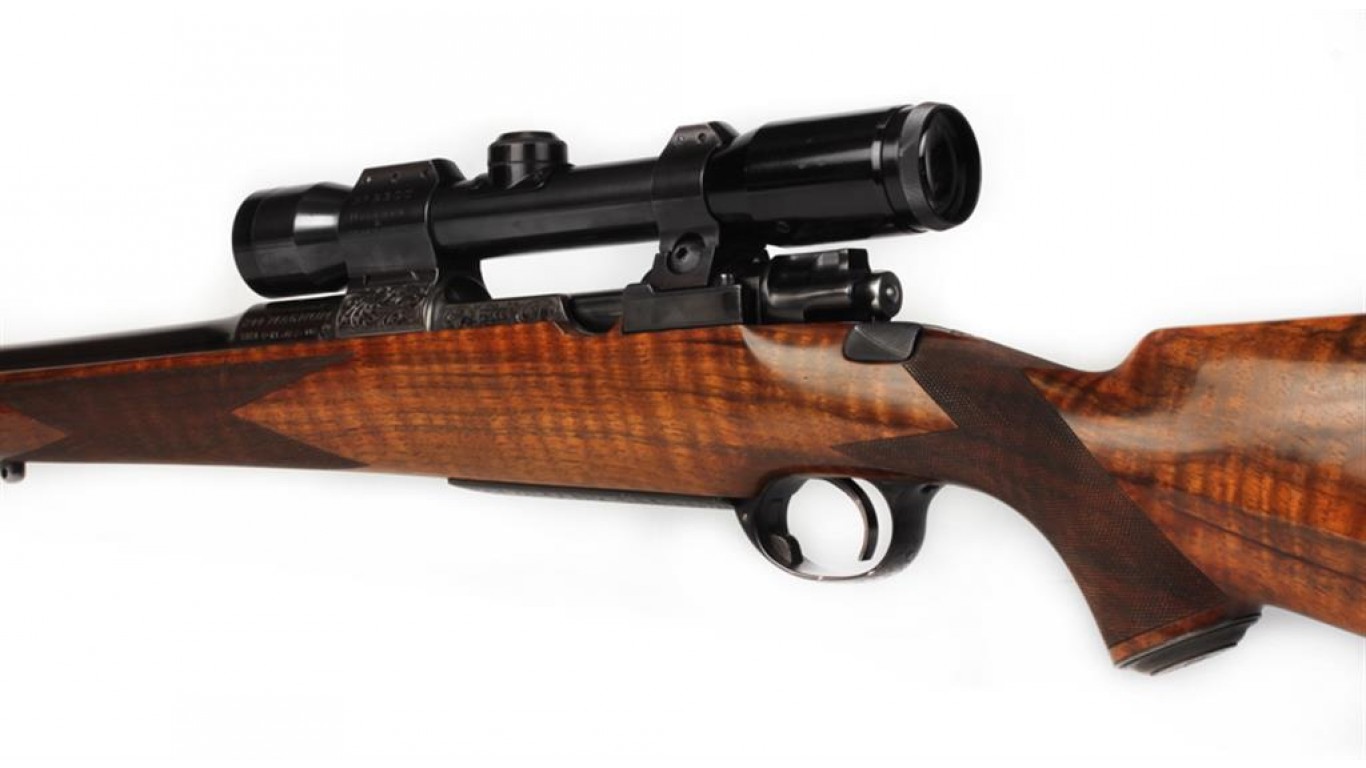
Winchester Model 30 M1 Carbine
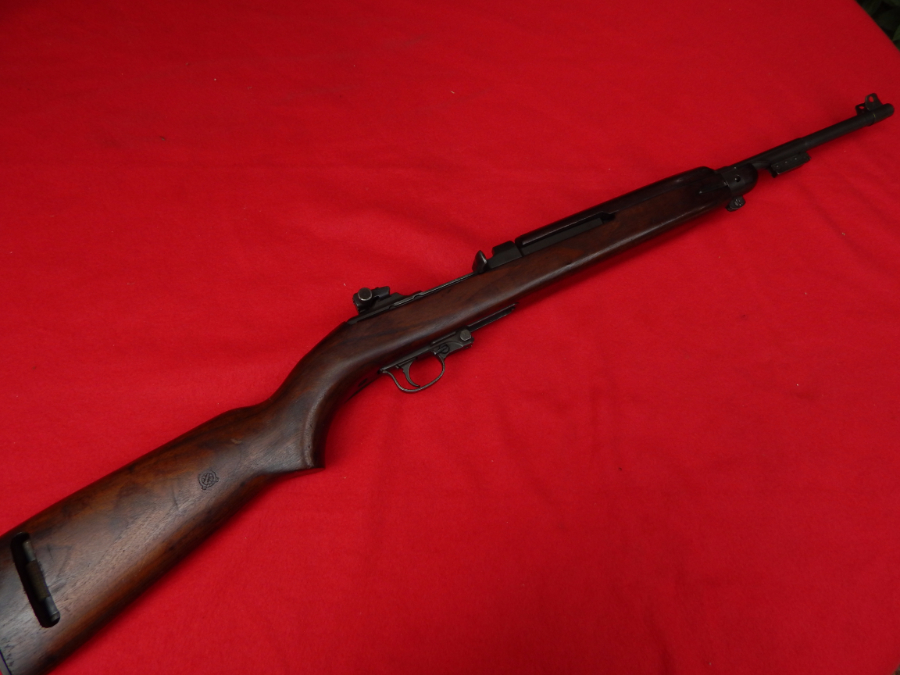
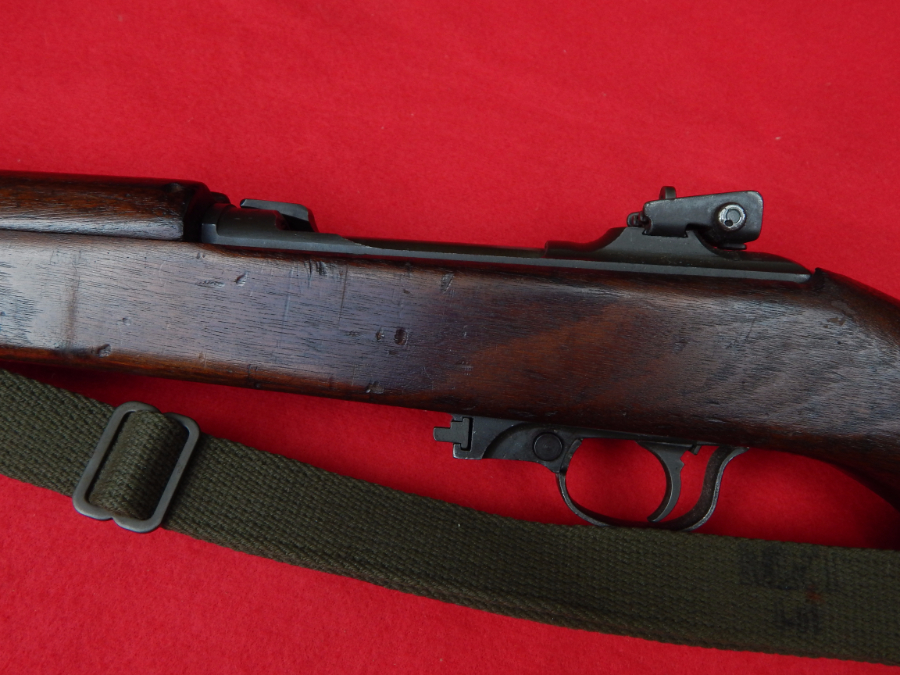
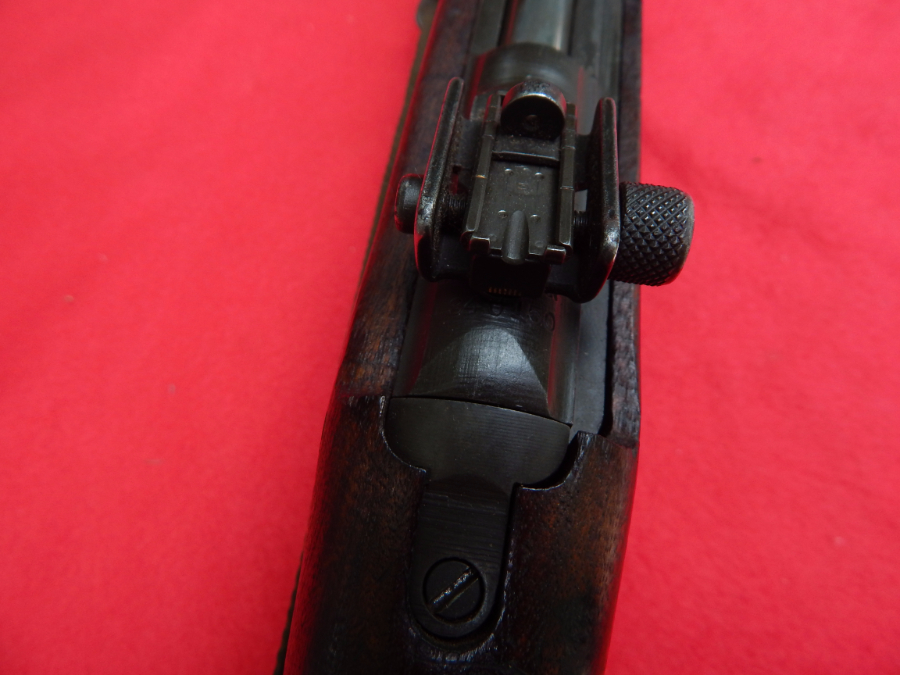
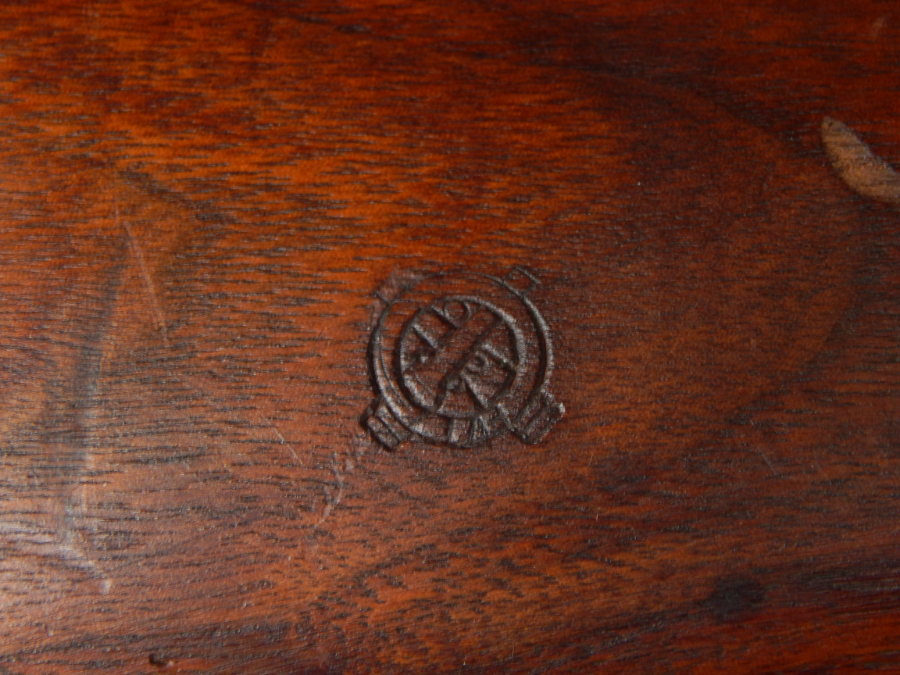

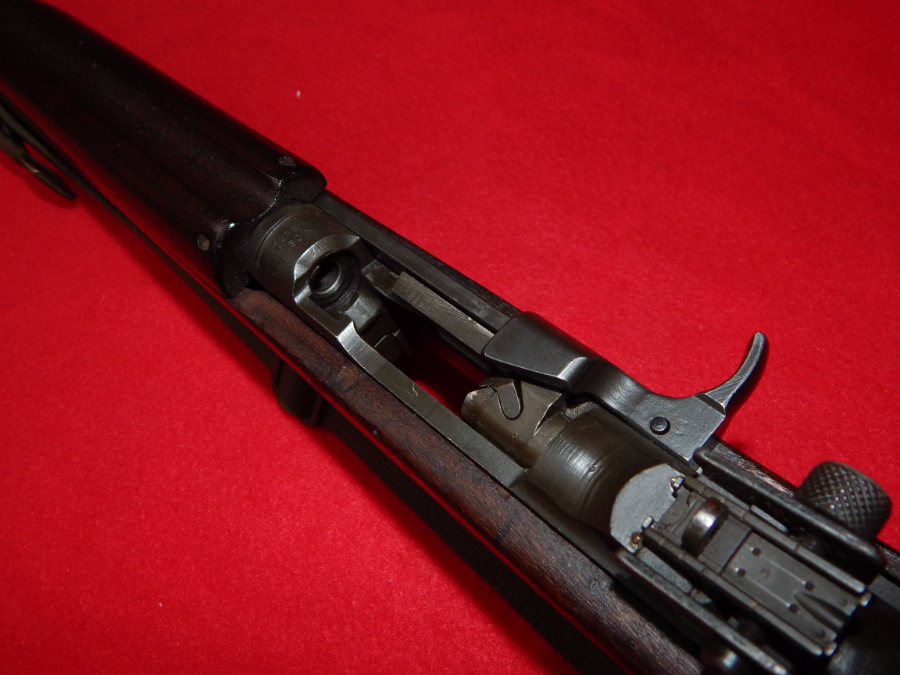
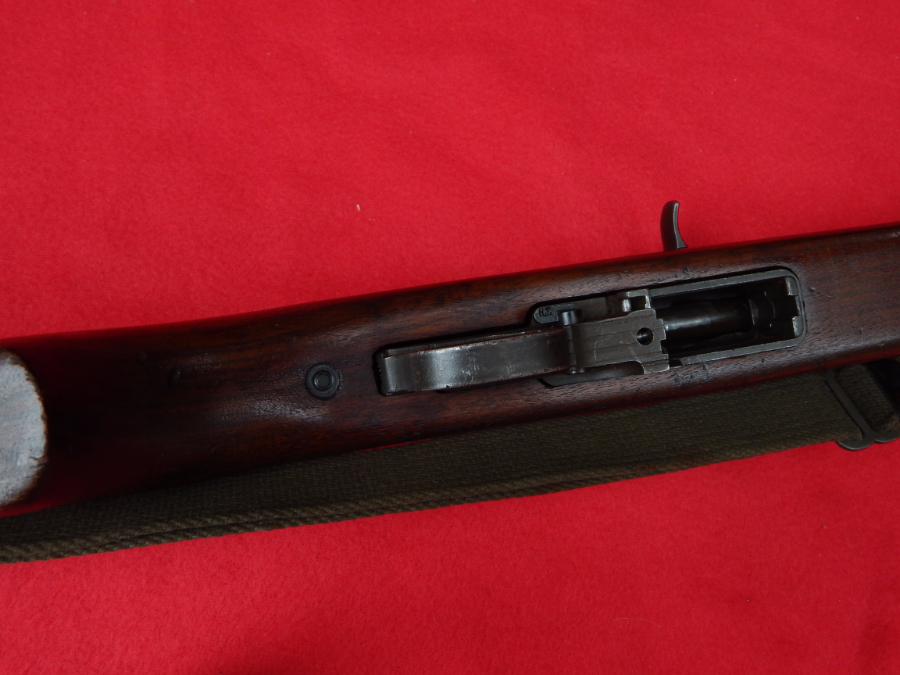
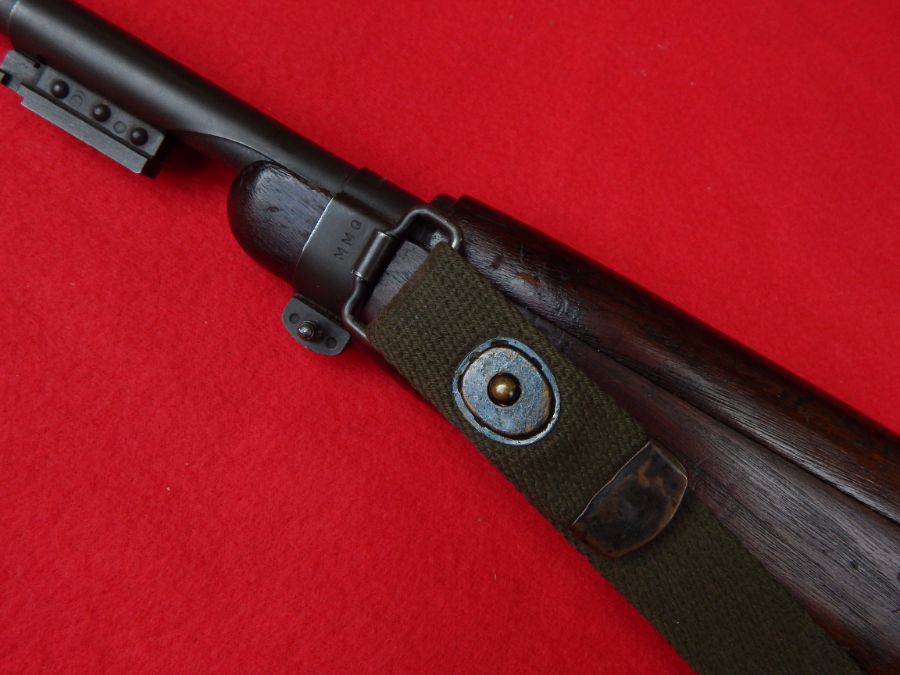

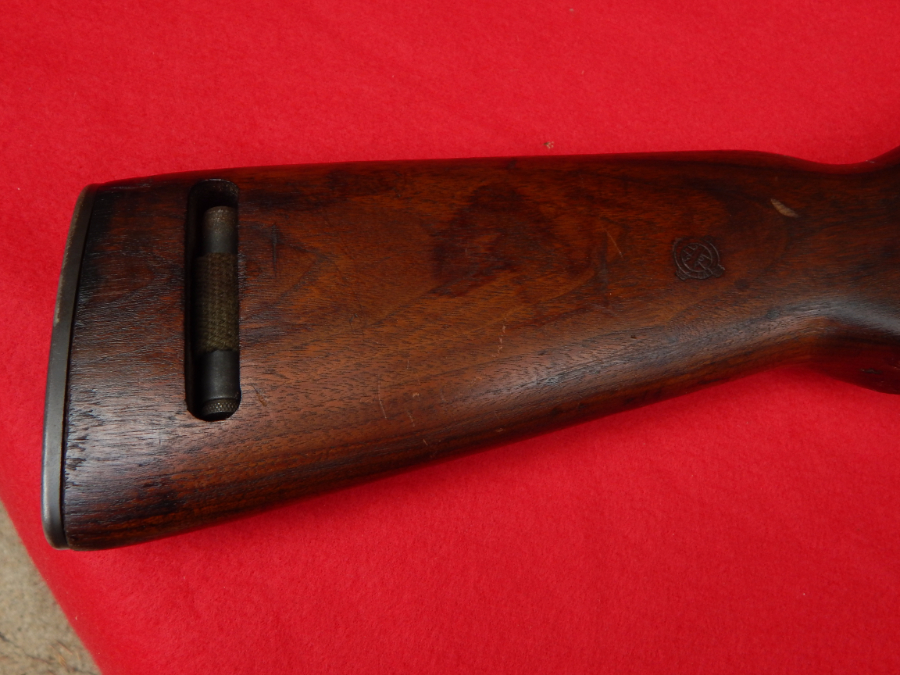
Size does matter!


Frankly this is one of the best Model 70’s that I have seen in a long time. That & it was amazing to me. On what the Old Timers could do with such a rifle at 500 yards and farther!
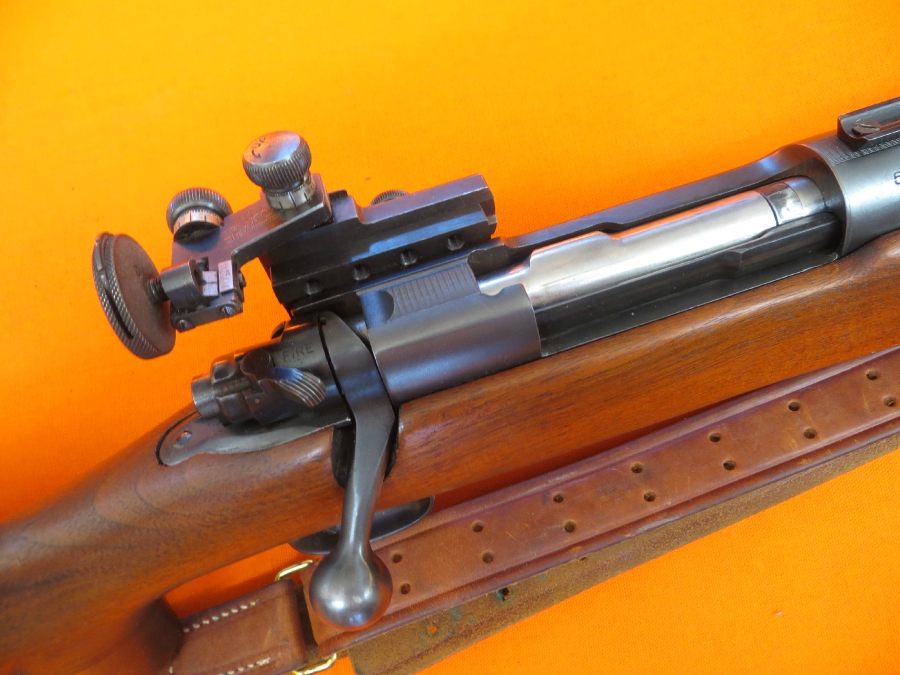



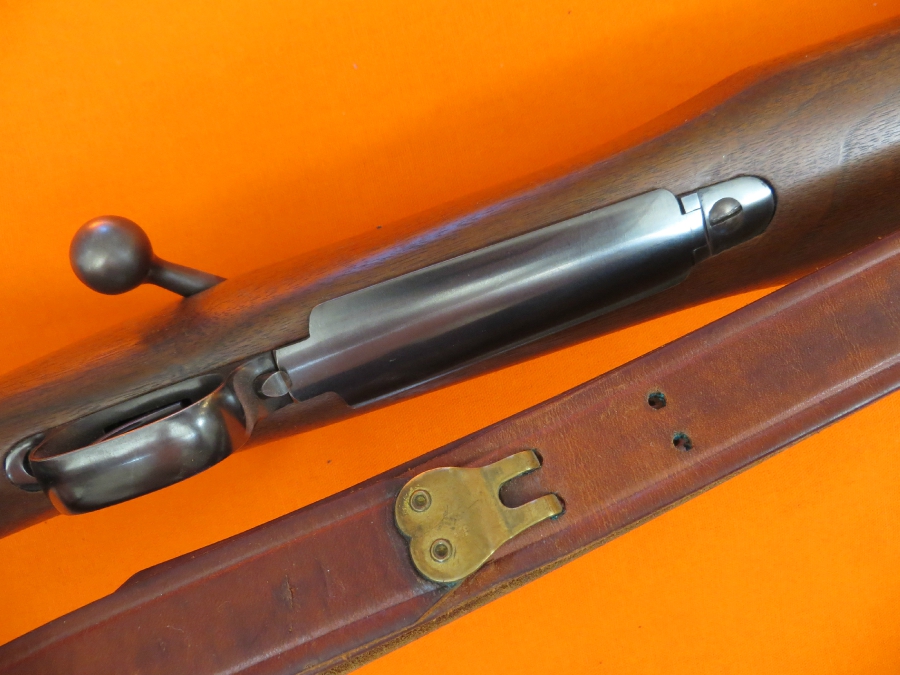
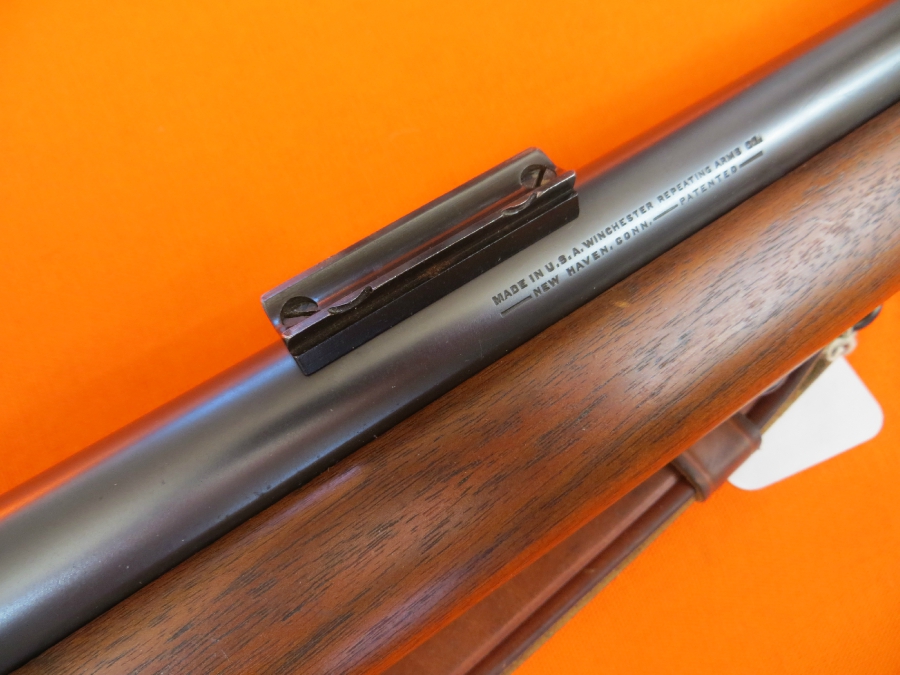
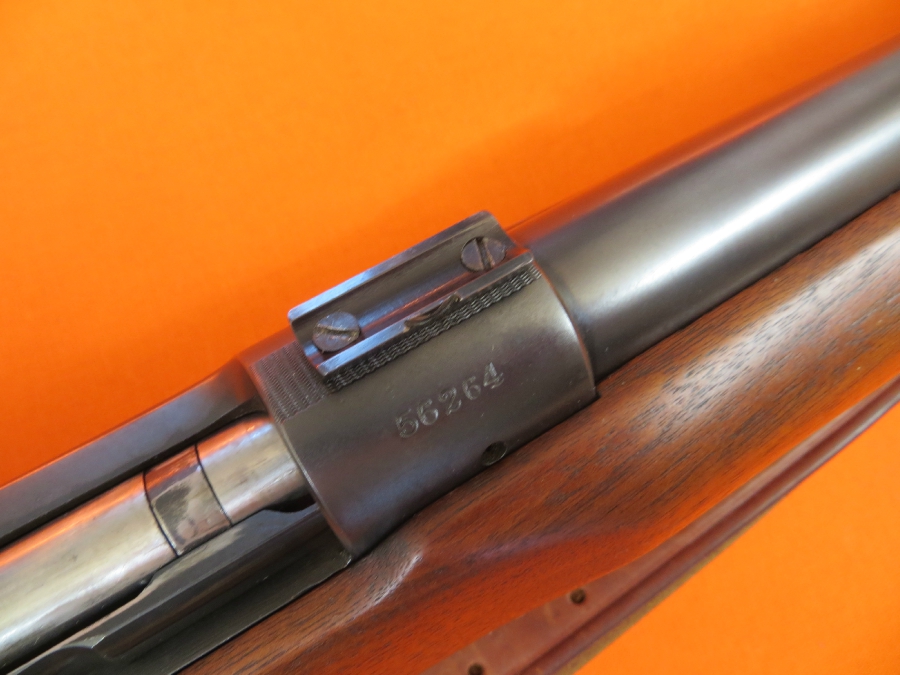



Colt SAA Porn
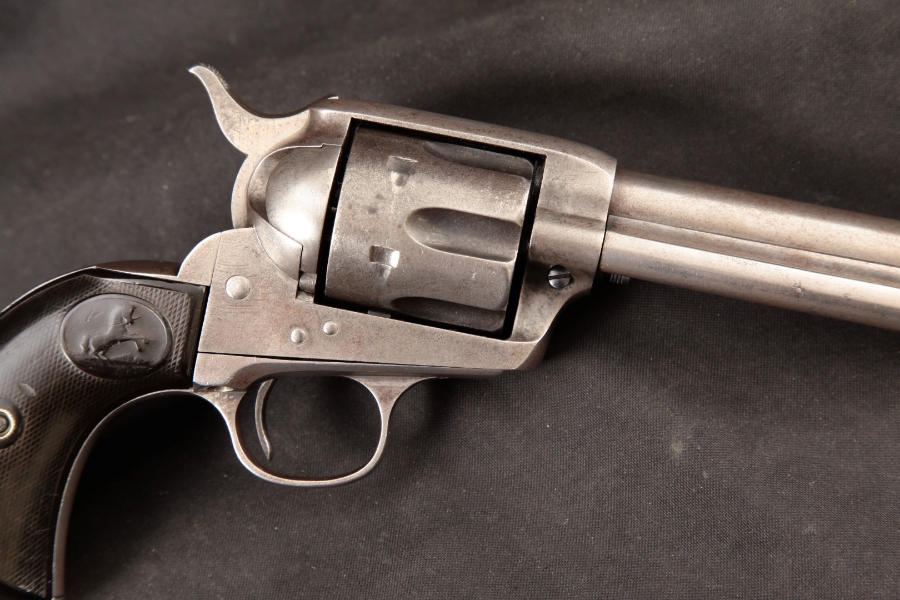

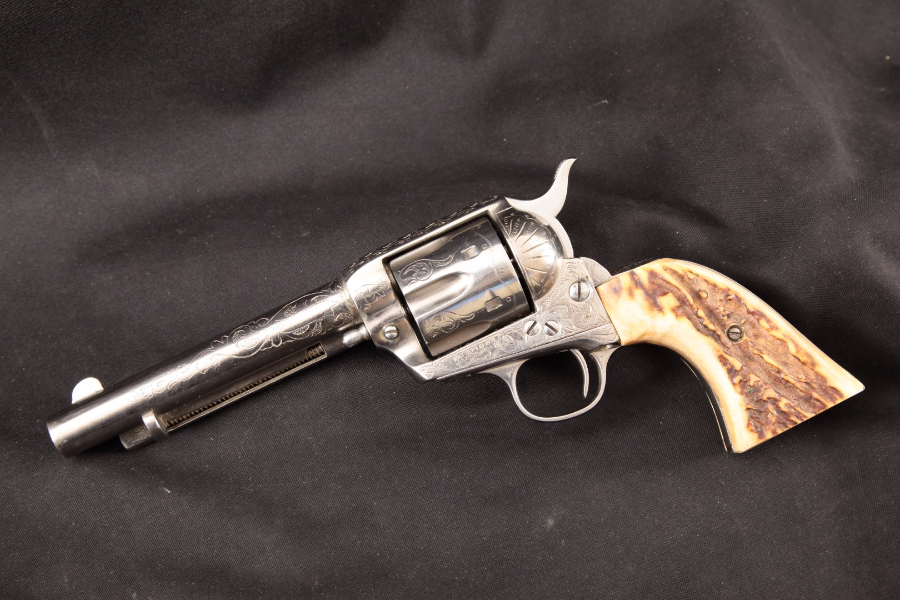


Okay it is a Bisley all night?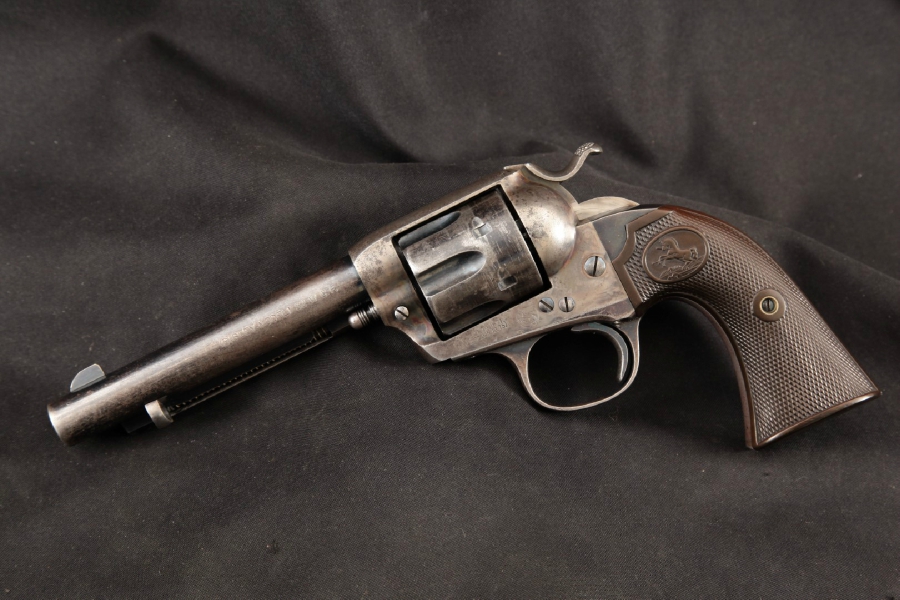
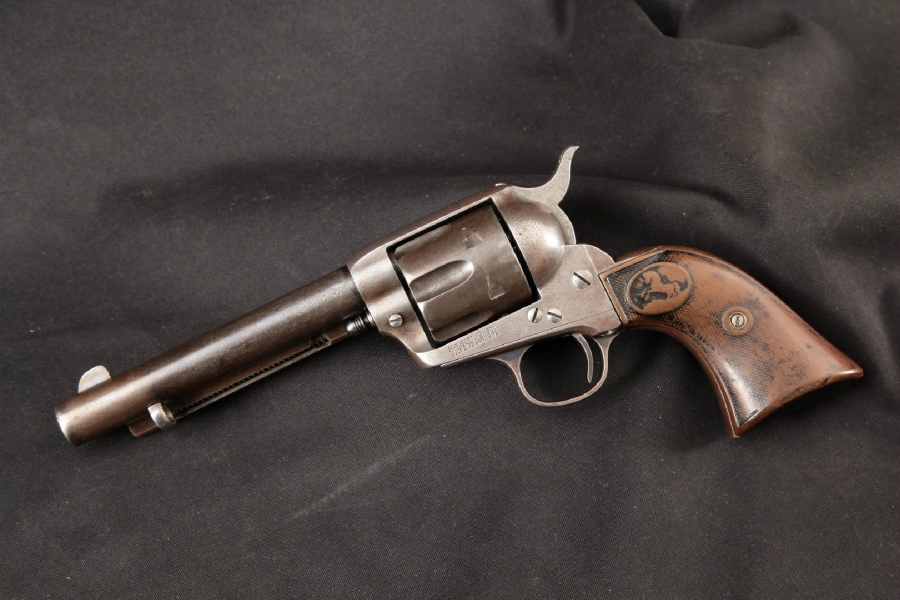


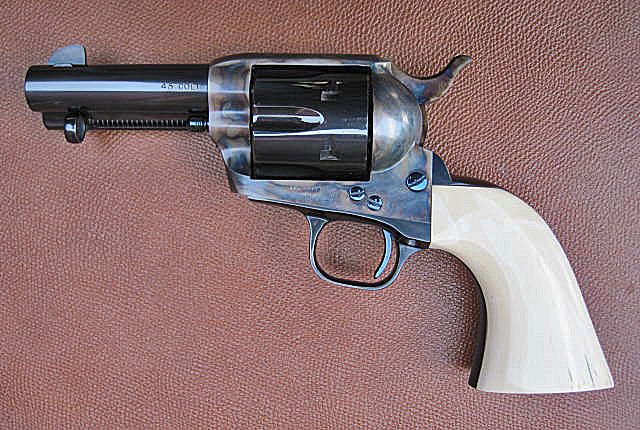
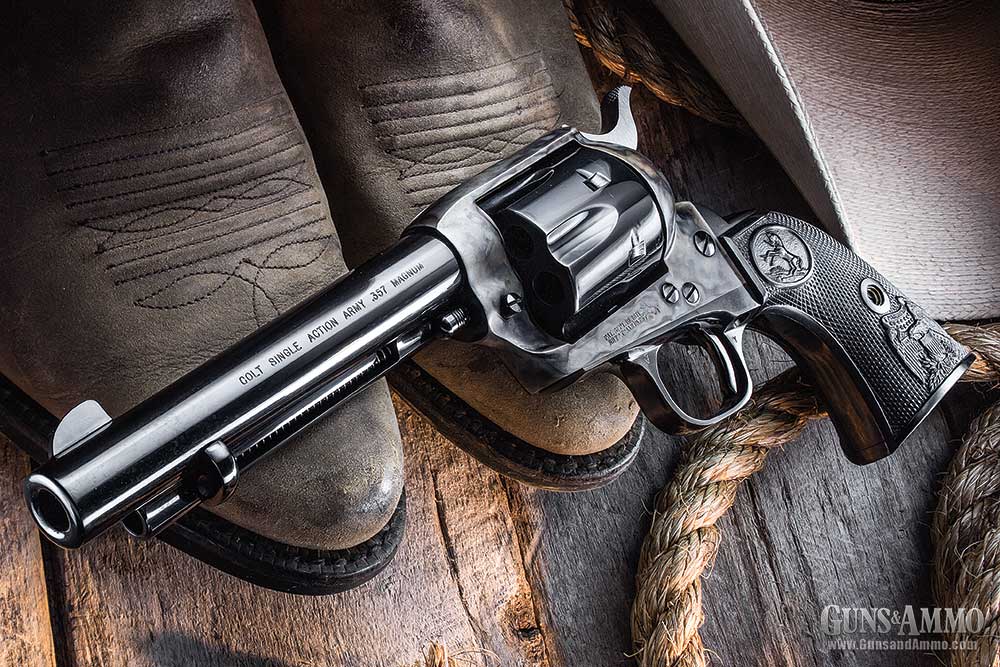


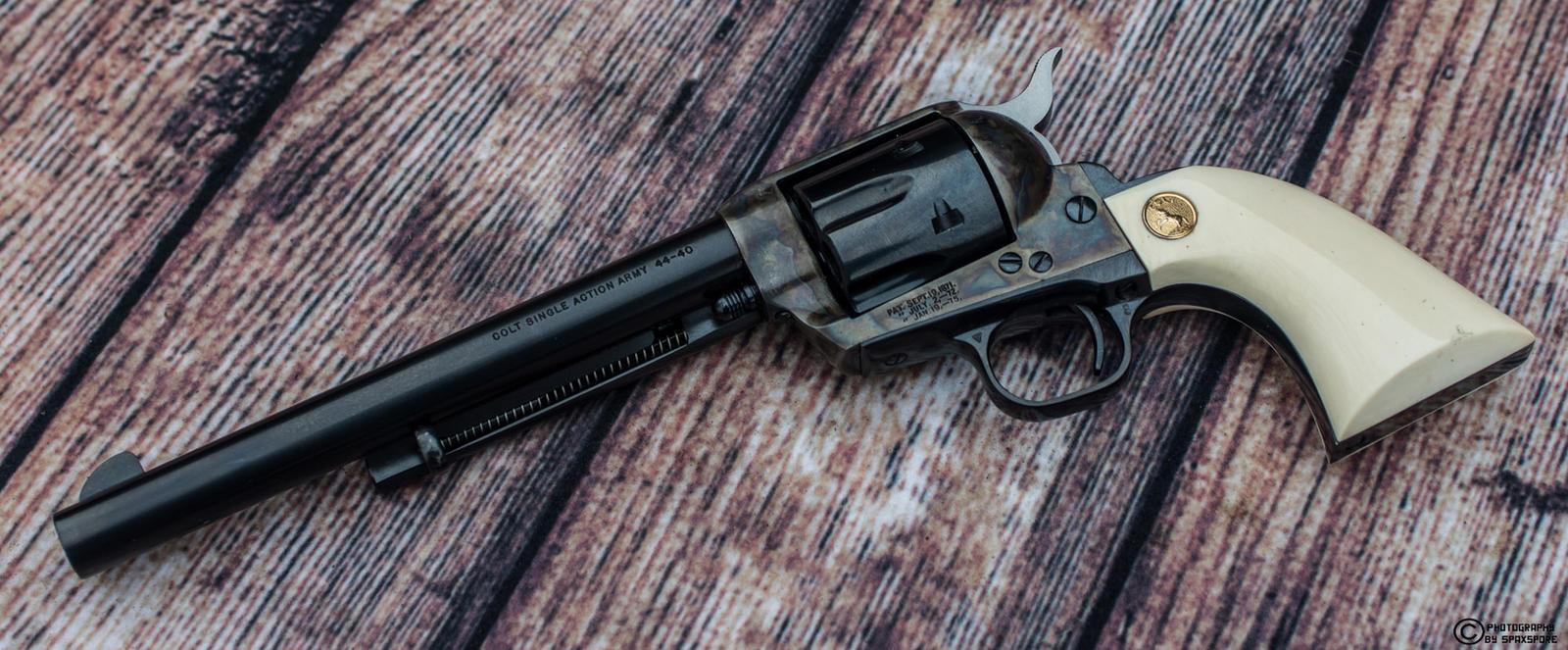

When bored rich men get with a good gunsmith

Robert Anson Heinlein was an American science fiction writer. Often called the “dean of science fiction writers”.
His works continue to have an influential effect on the genre, and on modern culture more generally.
The Ruger Blackhawk

Someday I will find one of these for sale at a good price. Which should tell you on how good a Single Action this gun is.

It just shows you on how smart Bill Ruger was. In that only he could take the Colt SAA pistol. Then improve it with a better spring system & much better sights. During the height of the Cowboy craze of the 50’s & 60″s.

Of course I would want one in 357 Magnum. So hopefully one day soon I shall find one!
Here is some more information on them!
Ruger Blackhawk
| Ruger Blackhawk | |
|---|---|

A .357 Magnum/9mm convertible Ruger Blackhawk in blued finish, with Adjustable Sights, and a 4 5/8″ Barrel
|
|
| Type | Revolver |
| Place of origin | United States |
| Production history | |
| Manufacturer | Sturm, Ruger |
| Produced | 1955–Present |
| Specifications | |
| Weight | 36–48 oz (1,021–1,361 g) |
| Length | 10 1/4–13 1/2 inches (260–343 mm) |
| Barrel length | 4 5/8–7 1/2 inches (117–191 mm) |
|
|
|
| Cartridge | Varies, see Calibers |
| Action | Single-action revolver |
| Feed system | 6-round cylinder |
The Ruger Blackhawk is a 6-shot, single-action revolvermanufactured by Ruger. It is produced in a variety of finishes, calibers, and barrel lengths.
Contents
[hide]
History[edit]
In the early 1950s, Westerns were popular in movies and television. Colt had discontinued the iconic Single Action Army prior to World War II, and few single-action revolvers were available to meet market demand for cowboy-style revolvers. In 1953, the new firm of Sturm, Ruger & Company introduced the Single-Six, a .22 LR rimfire single-action revolver. The Single-Six proved to be a popular seller, leading Ruger to develop and market a centerfire revolver similar to the Single Action Army: the Ruger Blackhawk.[1][2]
Ruger introduced the Blackhawk in 1955. Chambered for the .357 Magnum, the Blackhawk was a simple and strong design, and it sold well. In 1956, as Smith & Wesson was introducing the new .44 Magnum, Ruger quickly developed a variant of the Blackhawk in the new cartridge. Ruger achieved wide popularity with this firearm in a hotly anticipated new cartridge, which was both cheaper and more readily available than the Smith & Wesson Model 29 revolver. According to popular legend, Ruger was able to field a .44 Magnum revolver at nearly the same time as Smith & Wesson due to a Ruger employee finding expended .44 Magnum cartridge cases at a scrapyard and deducing that Smith & Wesson was about to launch a new cartridge.[3][4]
The 1955–1962 Blackhawks are known today as the “Flattop” models, because their adjustable rear sights were not protected by “ears” extending up from the frame as later became standard. From 1962 through 1972, Ruger made the “Three Screw” Blackhawk in various calibers, so called by the number of screws visible on the side of the revolver.
The Flattop and Three Screw Rugers were modernized compared to the Colt Single Action Army, in that they had adjustable sights instead of the Colt’s fixed sights, and they used wire coil springs instead of the Colt’s flat leaf springs. Bill Ruger chose coil springs due to their greater durability, saying that it solved one of the primary weaknesses of the Colt design.
The early models of the Blackhawk still operated the same way as the Colt, in that the hammer was half-cocked to load and unload and that the firearm was not safe to carry with all six chambers loaded due to the hammer resting upon the sixth chamber.[5] In 1973, in order to eliminate accidents occurring from the hammer jarring against a round loaded in the sixth chamber, Ruger introduced the New Model Blackhawk. The New Model Blackhawk did not require the hammer to be half-cocked for loading and unloading, and it employed a transfer bar mechanism which prevented the cartridge under the hammer from being fired without the trigger being pulled. The New Blackhawk was seen as limiting firearms accidents and legal liability. Ruger then began offering a retrofit program, offering free transfer bar conversions to earlier variants of the Blackhawk.
Various models[edit]
Over the years the Blackhawk has appeared in a wide variety of models. These models include:
- New Model Blackhawk: Produced in blued steel in .30 Carbine, .357 Magnum, .41 Remington Magnum, .44 Special, and .45 Colt; produced in stainless in .327 Federal Magnum with an 8-round cylinder, .357 Magnum, and .45 Colt. Multiple barrel lengths were offered in many of these configurations.
- New Model Blackhawk Convertible: The cylinder of a Blackhawk is easily removed, and can be replaced with a cylinder for a different cartridge of the same diameter. Ruger has offered “convertible” cylinder revolvers in .45 ACP/.45 Colt, .38-40/.40 S&W/10mm Auto, and .357 Magnum/9×19mm Parabellum. Other than being sold with multiple cylinders, these firearms are identical to the Blackhawk.
- New Model Super Blackhawk: Produced in blued and stainless, with or without a rib for mounting a scope. The Super Blackhawk is built on the same frame, but with a larger grip (in the 7.5″ and 10.5″ barrels) and unfluted cylinder (except for the 5.5″ barrel), in order to more effectively deal with the .44 Magnum’s recoil. Also, the grip frames are made of steel, versus aluminium for those same components in the Blackhawk. Ejector rod housings were originally steel on old model Super Blackhawks. The new model stainless steel versions have steel ejector rod housings.
- Vaquero and New Vaquero: With the popularity of Cowboy Action Shootingcame demand for a single-action revolver that was more traditional in appearance. As the standard Ruger Blackhawk departs from the Single Action Army looks due to its adjustable sights, Ruger offered a fixed-sight equivalent to cater to buyers wanting a more traditional appearance. In all other ways, the Vaquero was identical to the Blackhawk, though offered in slightly fewer variants. The original Vaquero was offered in .357 Magnum, .44 Magnum, and .45 Colt. After some time, Ruger went with a smaller frame to more closely resemble the actual size of the Colt SAA, changed the name to the New Vaquero, and dropped the powerful .44 Magnum from the lineup. While keeping the smaller size, Ruger later went back to the simple Vaquero name.
- Bisley: The Bisley grip is a type of angled grip developed by Colt for target shooting at the end of the 19th Century. Ruger’s “Bisley” offerings incorporated a Bisley-style grip, hammer spur, and trigger.
- Old Army: The Old Army is a percussion (“cap and ball“) black powder revolver based on the Blackhawk frame.
Calibers[edit]
- .30 Carbine
- .32 H&R Magnum/.32-20 Winchester Convertible (Single distributor—discontinued)
- .327 Federal Magnum
- 9×19mm Parabellum/.357 Magnum Convertible
- .357 Magnum
- .357 Remington Maximum (Discontinued)
- 10mm Auto/.38-40 Winchester Convertible (Single distributor—discontinued)
- .41 Magnum
- .44 Special
- .44 Magnum (Super Blackhawk only)
- .44-40 Winchester
- .44 Magnum/.44-40 Winchester Convertible (Single distributor—discontinued)
- .45 ACP/.45 Colt Convertible
- .45 Colt
- .454 Casull (Super Blackhawk Distributor Exclusive)
- .480 Ruger (Super Blackhawk Distributor Exclusive)





